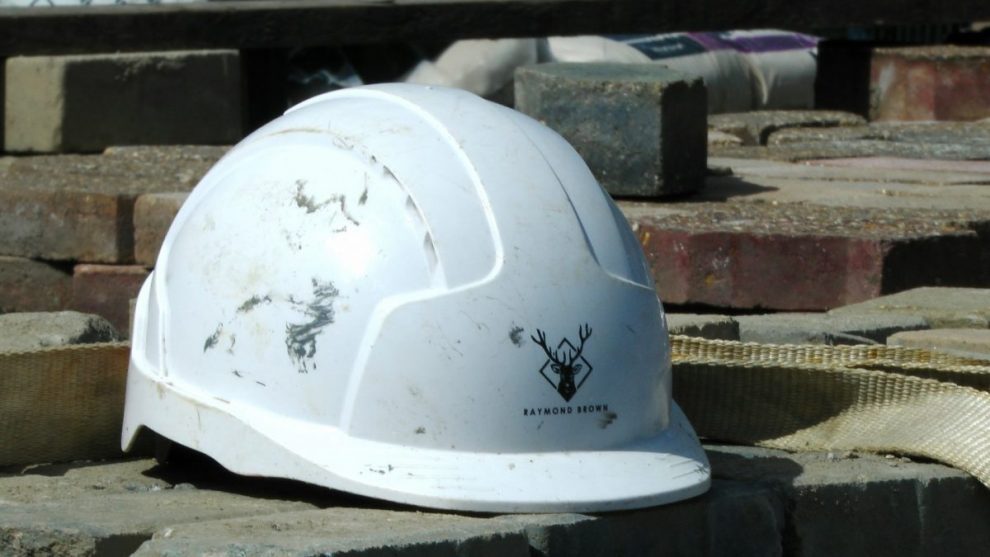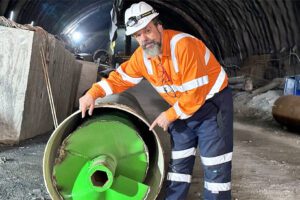By Dave Whitefield
It Started With The Industrial Revolution
The modern concept of occupational safety is generally taken to have kicked off because of the industrial revolution. This time changed forever the way work was organised. It concentrated both people and risks in a way never seen before, introduced brand new hazards, and saw a dramatic transition in the economics and power behind work.
In practice, the emergence of the concept of occupational safety was a reflection of the changes in how society viewed work. There was a sense that the growing group of workers who now sold their time for money (rather than selling what they produce with their time) should be afforded some protection at work. This started as subtle changes in how injuries were compensated in the common law courts of the day, and eventually moved into the setting of rules through statutory legislation.
What Does That Have To Do With The 1990s?
Throughout the 1980s, Australian was busy moving away from a rules (regulatory) based approach, to a self-regulatory approach. Systems thinking had come along to support this, and we had all adopted a “duty of care” approach. Management systems became the must have thing, and it didn’t take too long before safety started to be identified more with policies and procedures, and less with machinery safety. So by the 1990s we were starting to look for the next big thing
We Found The Problem!
While things had improved a lot, there were still a lot of injuries, and as an industry we started looking at how people fitted in with safety. That is, there seemed to be this problem because it turns out that sometimes, even though we now knew about most hazards and risks, had good systems, relatively safe workplace, and had trained everyone in everything, people still sometimes got hurt.
The Discovery Of Human Error
Luckily an answer emerged that made everything make sense, and that answer was that human error was the problem. By this stage in Australia we were hearing from Dupont that 97% of incidents were due to human error, and we had Reason telling us there were three types of human error. It made sense that errors caused accidents (by the way, errors are not correlated with accidents, it’s actually a drop in error detection that is, but that is a whole other story). What is important here is though is how it was being framed. Human error was responsible for nearly all incidents. That meant that all we needed to do was to eliminate human error. The problem was now inevitable because it doesn’t matter how much you want it, humans are never going to be perfect, but to accept fallibility was to accept injuries. What a paradox.
I’ve Got Just The Tool For That
Luckily, a solution to human error was emerging around this time the form of behaviour based safety (BBS), and this is where things went really wrong.BBS is anchored in the principles of cognitive psychology, which had developed to help understand thinking and behaviour, but very importantly, it was never thought of as a tool to fix human error. While it is suited to changing behaviour, the tools and techniques of cognitive psychology (eg. Cognitive Behaviour Therapy) were developed with the presumption that people were seeking change, not that change was being imposed on them.
There is a huge difference between someone seeking to change their behaviour (eg. for phobias or anxiety), and an organisation trying to make people follow rules and pay attention. This is the crux of the problem with BBS, it is designed to change behaviour in people that haven’t asked for it.
Hearts and Minds
So in the 1990s we became focussed on the individual, and why they made mistakes. On why they couldn’t (or wouldn’t) follow procedures. Over time we became fixated on the idea that if someone got hurt it was because they didn’t care enough, or that they just needed to commit to being safer. We ran programs that asked people to identify why safety was important to them. We asked people to observe their fellow workers and give them feedback. We aspired to zero harm (perfection). In short, we made people the problem to fix.
So Why Are We Safe?
If I ask a group of workers to tell me about how they manage to work without injury or incident nearly all the time (which is the reality for most workplaces), they don’t talk about policies and procedures, they talk about themselves and their fellow workers. They don’t see themselves as a problem to fixed, they see themselves as the reason they are safe. They don’t need more checklists and catch phrases designed to try and create perfection, and they certainly don’t want to be fixed. In fact they are often confused because up until the point that something went wrong, they were the company’s best asset.
Final Word
Unfortunately, BBS was the wrong solution for a problem that didn’t really exist. But it has always been easier to strive for perfection in the workforce, rather than embrace the uncertainty and ambiguity that comes with human fallibility. Accepting human fallibility is uncomfortable, but until organisations can truly do that, they will always see their workers as the problem to fix, and that in turn creates lots of issues at a cultural level. Of course, culture is really the same as behaviour right? So fixing people will give us a safer culture right? Maybe another story for another time…














Add Comment